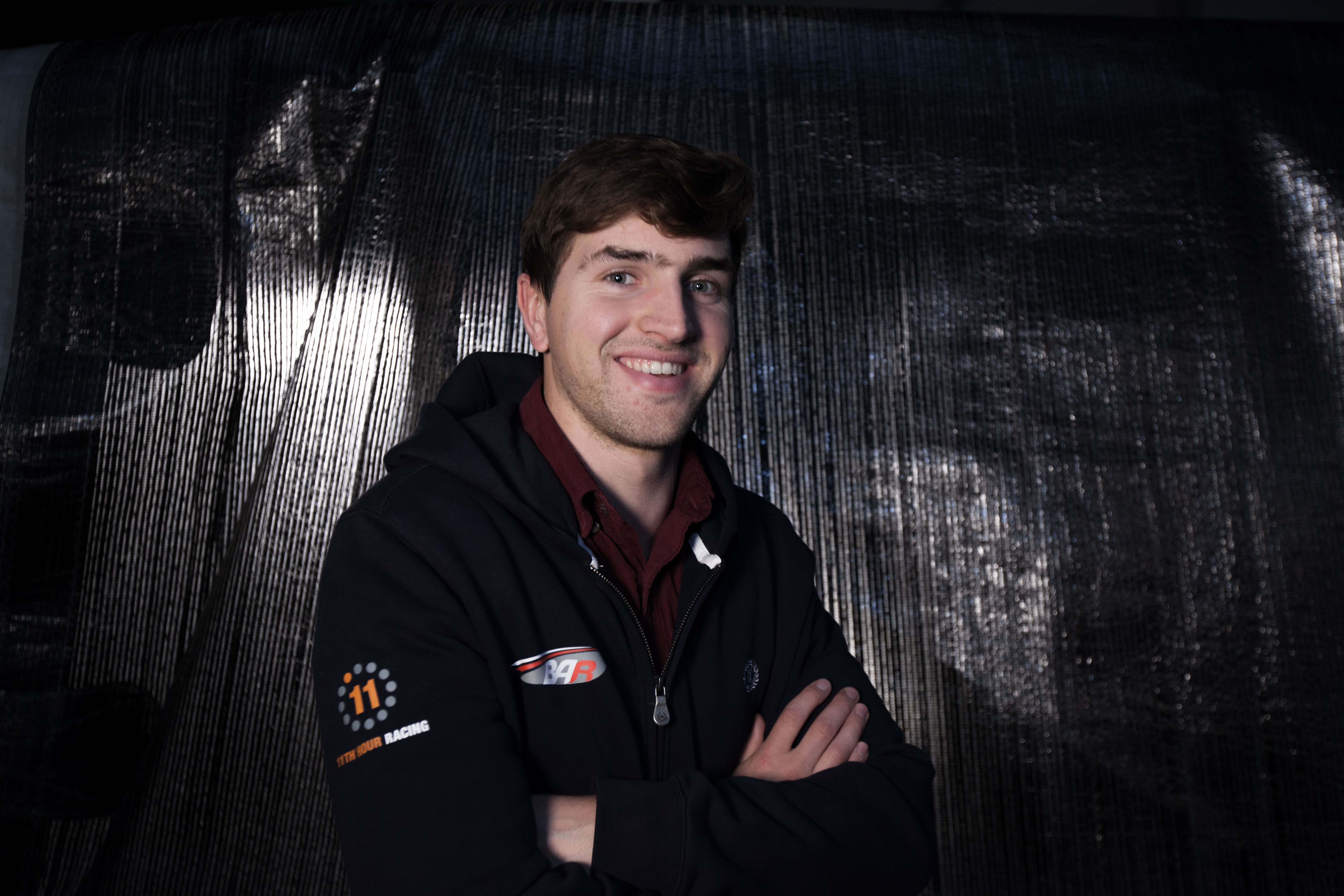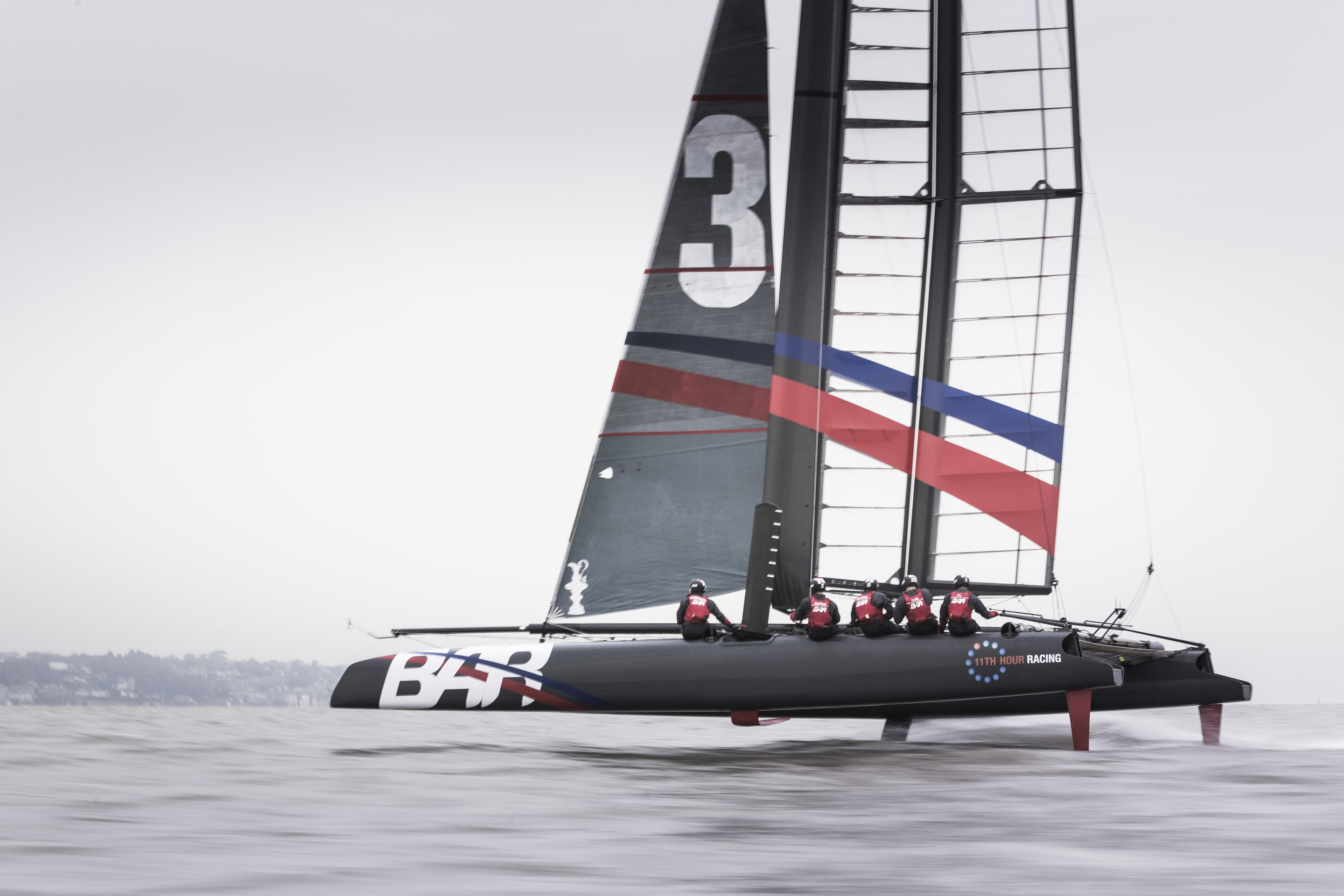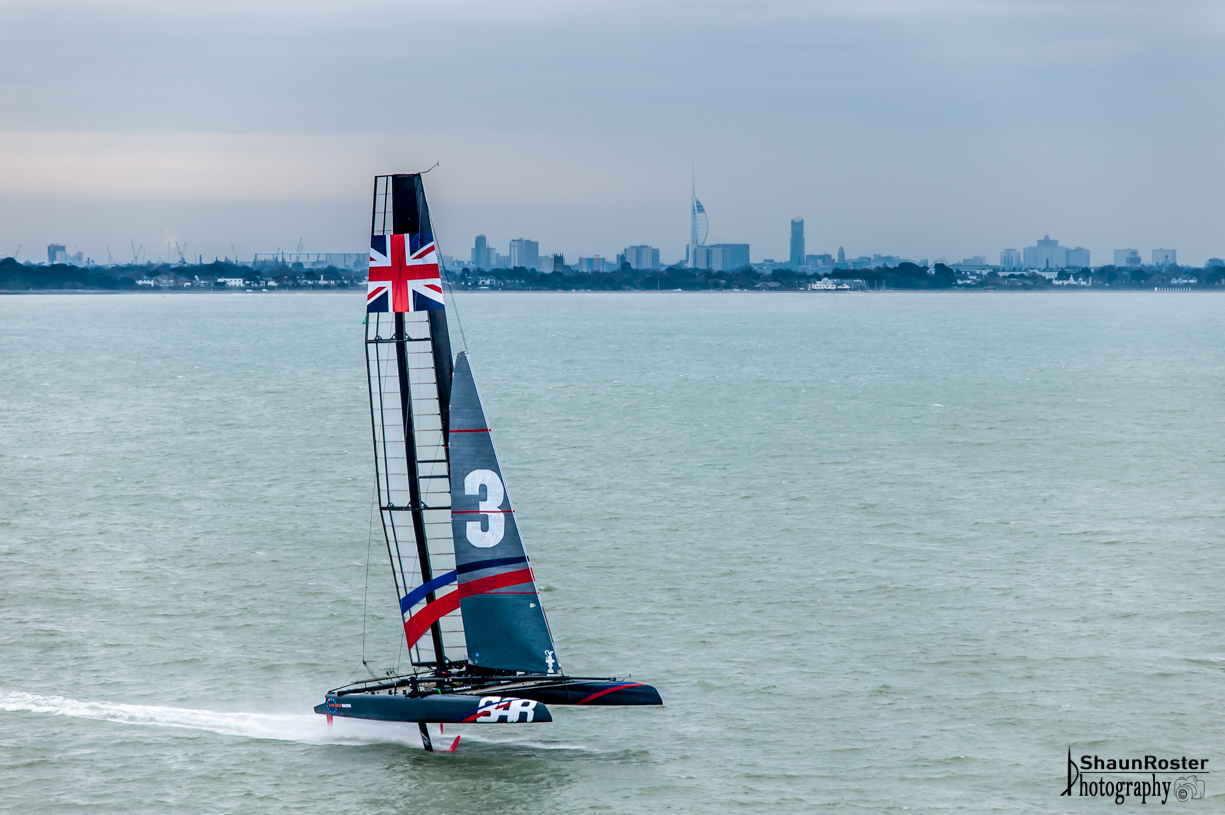Interview with a Ben Ainslie’s Design Engineer David J. Markey
 A few weeks ago we got in contact with a Ben Ainslie’s Design Engineer David J. Markey. We asked if we could pick his brain a little bit about what he does everyday and why he loves sailing. Here we have the inside scoop of the everyday Markey and what makes him tick.
A few weeks ago we got in contact with a Ben Ainslie’s Design Engineer David J. Markey. We asked if we could pick his brain a little bit about what he does everyday and why he loves sailing. Here we have the inside scoop of the everyday Markey and what makes him tick.
GWS: When did you start sailing? (For fun and competitively)
DM: I started sailing in Sea Scouting when I was 10. It was only when I was about 12 that I actually started training and doing small races in an Optimist. I quickly grew out of that and bought a really old Laser with my very first long saved pocket money. From that moment I’ve been spending all my free time on the water as much as possible.
GWS: What is your favorite boat to sail on?
DM: The Mini 650 for sure! I’ve loved every minute sailing on those. It’s a small enough boat to be very technical, but large enough to cover a lot of distance. They’re so powerful. I’m a big fan of design classes (as you can imagine…) and all the innovations on those production boats are really amazing.
GWS: Where is your favorite place to sail?
DM: Palma de Mallorca, always good weather and a nice sea breeze. Perfect for dinghy sailing in the winter.
GWS: Tell us about your funniest story while racing, if you have one.
DM: We started an offshore race in the Tour de France à la Voile where our first leg was a very, very long upwind leg. We were racing very well and after a couple of hours, darkness was coming in, we were even in the top spot.
This means that, as a student team, we were beating the professional teams, and were very thrilled. We were getting close to the mark and since we lost our navigation software and tablet (another fun story), we were relying on our GPS handheld.
The closer we got to the mark, the less boats we saw around us. After long doubting discussions, but with reassuring comments from the navigator, we did realize all the boats were rounding a different mark. Our skipper was clearly upset, we lost many places, but it resulted in the funniest discussion I’ve ever heard on board. We still finished the race really well though!
GWS: What is a typical day at work like for you at Ben Ainslie?
DM: Morning is a productive time for me, so I try use the first hours to do deep thinking. Innovation is a big part of our design work and it is important to thoroughly reflect on the bigger picture and decide where to focus.
The next thing is then to put all that thinking into actual designs and numbers, which can be some programming, numerical calculations or even simple hand calculations.
The afternoon is usually a time to be talking a lot more, sharing ideas and discussing the paths to pursue. In the design everything is so interconnected that you need to be working together with different people a lot. It’s very high-paced and things can change very quickly!
Especially for me as a young engineer all these talks with my very experienced colleagues are insightful and give me a massive learning curve every day. The challenge is then to take all these ideas and translate them into tangible concepts.
At the end of the day I’ll have my workout, doing crossfit or some triathlon training. This is a real necessity to be able to properly wind down from each intense and high-paced day and to get ready to start pushing the following day again.
GWS: Where do you see the future going in sailboat design? Do you think it’s possible to for a catamaran to go any faster than it does now?
DM: What I love about the sailing sport is the combination of technology and sports. This means we can have innovations on both fronts to push the sport forward: both from new training solutions to technical innovations.
Races with the box design rule boats like the America’s Cup, but also the Mini 650’s, Imoca 60’s and the previous VOR boats, definitely bring this forward. The next step we should take is to bring these high tech solutions to the maritime industry. Formule 1 Applied Technologies spin offs are a very good example and I’m proud that also Ben Ainslie Racing has this as one of the many sustainable goals for the team.
We still have a lot of margin on the top speed. The AC62 will be ten feet smaller than the AC72, but I expect it to reach at least the same speed, if not faster. The hydroptere project, trying to break the world speed record, shows development keeps on going. There is still a huge opportunity for all kinds of innovations, who knows where it ends!
GWS: What do you see in the future for foiling in the sailing community?
DM: I find this new path very exciting. It’s a whole new area and there are still so many challenges to tackle. I believe there is much gain to try and bring the foiling experience to a wider sailing community, which essentially also means bringing the costs down. I can only imagine what kind of performances we’ll see when experience in these foiling boats starts growing.
GWS: What is the fastest speed you have reached while you were sailing?
DM: I have had the honor to sail on the team’s Nacra 20 FCS, and do some foiling across the Solent. We reached a top speed of 22knots, in about half the wind speed. ( http://bit.ly/1p5EBVC ) It has by far been my most awesome sailing feeling ever.
Follow Ben Ainslie Racing at www.benainslieracing.com @BenAinslieRacin
For those who want to follow David’s journey, follow his personal blog on http://www.davidjmarkey.com and @MarkeyDaviid




